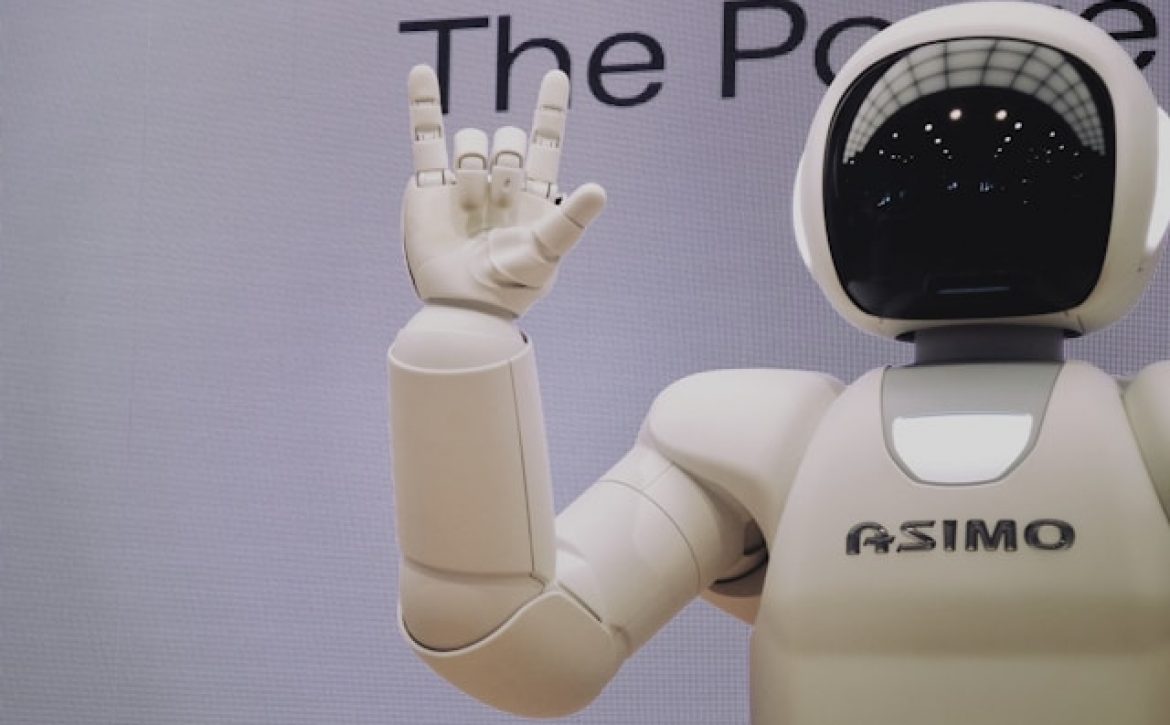5 Surprising Ways Robotic Process Automation Will Change Your Work Life
1. Introduction
Robotic Process Automation (RPA) is no longer futuristic; it’s accelerating digital transformation across enterprises. Organizations that embrace Robotic Process Automation unlock game‑changing efficiency, productivity, and accuracy. At GoodWorkLabs, our RPA consultants specialize in turning repetitive, time‑consuming tasks into seamless, intelligent workflows. Discover 5 surprising ways RPA will redefine your work life and why partnering with GoodWorkLabs can be your edge.
2. What is Robotic Process Automation?
Robotic Process Automation (RPA) refers to software bots designed to mimic human interactions with computer systems by clicking, typing, extracting, and updating data across UI and back‑end systems. Unlike traditional automation, RPA adoption requires minimal coding and delivers payback within weeks.
Why GoodWorkLabs for RPA?
-
End‑to‑end implementation: from RPA assessment to governance.
-
Scalable bots built using top platforms: UIPath, Automation Anywhere, Blue Prism.
-
Seamless integration into your ERP, CRM, and legacy systems.
-
Governance, monitoring, and support post‑deployment.
3. RPA Will Change Your Work Life in 5 Surprising Ways
3.1 Supercharge Your Productivity – Automate the Mundane
Think about daily routine tasks: invoicing, report generation, and data reconciliation. RPA takes over these manual workflows, so you can focus on strategy and innovation.
-
RPA benefits include 24/7 uptime, zero downtime, and process accuracy exceeding 99.9%.
-
Businesses cite RPA use cases in finance, HR, IT, and customer service.
-
GoodWorkLabs bots reduced a client’s invoice processing time from 3 days to 3 hours.
3.2 Reduce Human Errors and Financial Leakages
Even a small typo in data entry or calculation can cost thousands. RPA bots operate with Consistency‑by‑Design.
-
Built‑in validation and exception‑handling reduce human errors by over 80%.
-
Reduced compliance risk in financial systems, insurance claims, and log auditing.
-
Our QA team ensures bots meet SLAs, daily reconciliation standards, and audit trails.
3.3 Free Up Employees for Creativity and Strategic Thinking
By automating repetitive tasks, employees can pursue higher‑value initiatives:
-
Innovating process improvements
-
Personalized customer engagement
-
Strategic planning and analysis
GoodWorkLabs Case Study: After deploying RPA for a healthcare client, their team repurposed 40% of work hours from data entry to creative, patient‑care initiatives, boosting engagement by 25%.
3.4 Accelerate Decision‑Making with Real‑Time Data
Legacy batch‑style processes delay insights, creating lags. RPA enables continuous data capture and real-time dashboards.
-
Instant reporting drives faster decisions.
-
RPA‑powered orchestration integrates ERP + Analytics CI/CD pipelines.
-
GoodWorkLabs implemented real‑time compliance dashboards that automatically alert teams to SLA breaches.
3.5 Scalable Automation – Grow Without Hiring Headcount
As your business scales, you don’t need more headcount to handle more transactions:
-
RPA bots can be cloned and deployed rapidly.
-
GoodWorkLabs RPA developers bundle reusable frameworks and best practices.
-
Example: e‑commerce client increased order volume by 300% over 6 months, automated end‑to‑end order processing, and avoided more than 10 new hires.
4. Deep Dive: Real-World RPA Use Cases
4.1 Finance & Accounting
-
Accounts payable automation: OCR invoice capture → GL posting
-
Bank reconciliation: downloads, matching, exception handling
-
Financial close and reporting automation
4.2 Human Resources
-
Recruitment onboarding: auto‑populate employment contracts
-
Attendance/payroll integration
-
Compliance document issuance
4.3 Healthcare
-
Patient claims processing
-
Appointment scheduling integrations
-
HIPAA compliance monitoring
Each use case leverages GoodWorkLabs’ RPA experts, delivering bots built with maintainable architecture, audit trails, and 24×7 monitoring.
5. Why Choose GoodWorkLabs for RPA?
| Feature | Benefit |
|---|---|
| End‑to‑end delivery | Automated discovery, design, deployment, and support |
| Scalable, reusable bot frameworks | Fast deployment, reduced technical debt |
| Governance & QA pipelines | Regulatory compliance, auditability built‑in |
| Post‑go‑live bot‑ops | Monitoring, version control, and orchestrator dashboards |
| Multi‑platform expertise | Experts across UIPath, Blue Prism, AA, and open‑source RPA |
| Staff augmentation | Dedicated embedded teams for your enterprise |
Industry Focus: Finance, Insurance, Healthcare, Manufacturing, Telecom, Retail
6. 5 Strategic Steps to Begin Your RPA Journey
-
RPA Assessment & Roadmap – Identify high‑ROI processes
-
Proof of Concept (PoC) – Low‑risk test, tangible metrics
-
Bot Design & Development – Optimized architecture
-
Deployment & Change Management – Employee Readiness
-
BotOps & Scaling – Monitor, maintain, expand
GoodWorkLabs offers ready‑made RPA assessment tools and performs workshops with your process owners to find your “low‑hanging fruit.”
Conclusion: Transform Your Work Life with RPA
RPA isn’t just about cutting costs; it’s about elevating your workforce, unlocking innovation, and driving smarter decision‑making. From minimizing errors to scaling operations, these 5 surprising RPA benefits can reshape your work life and propel your digital transformation.
Ready to explore how RPA can revolutionize your organization?





